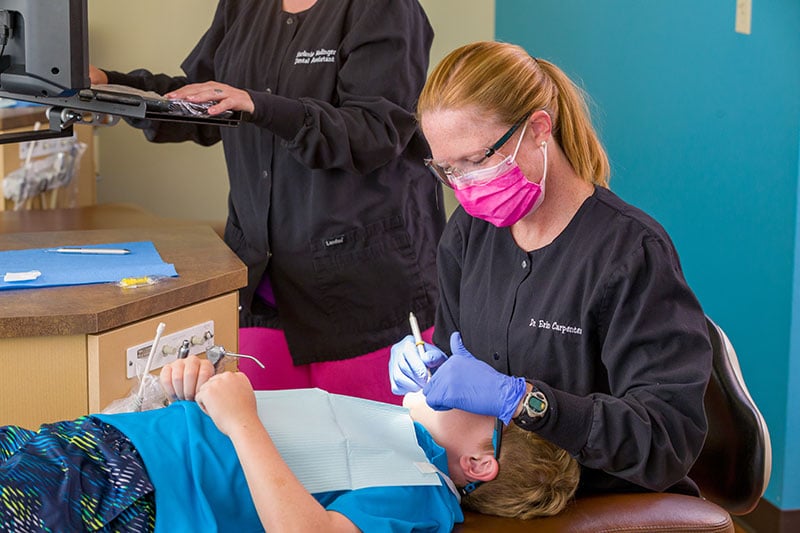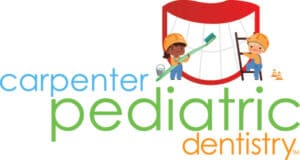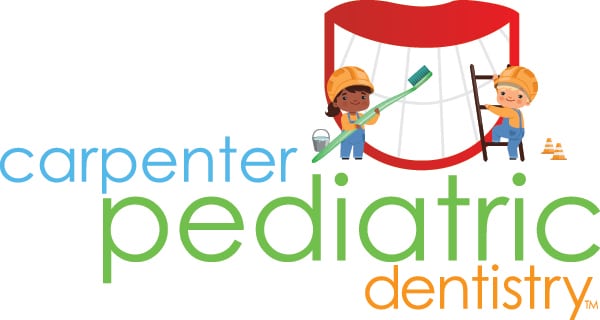- Common Concerns
Help prevent your baby from getting cavities or developing what is called Baby Bottle Tooth Decay or Early Childhood Caries, by beginning an oral hygiene routine within the first few days after birth. Start by cleaning your baby’s mouth by wiping the gums with a clean gauze pad. This helps removes plaque that can harm erupting teeth.
Childrens' Oral Health - Common Concerns:
Baby Bottle Tooth Decay
You can help prevent your baby from getting cavities or developing what is called Baby Bottle Tooth Decay or Early Childhood Caries, by beginning an oral hygiene routine within the first few days after birth. Start by cleaning your baby’s mouth by wiping the gums with a clean gauze pad. This helps removes plaque that can harm erupting teeth. When your child’s teeth begin to come in, brush them gently with a child’s size toothbrush and water. For bottle feedings, place only formula, milk or breast milk inside and avoid using sugary beverages such as juice or soda. Infants should finish their bedtime and naptime bottle before going to bed.
Dental Emergencies

Another common concern we address are dental emergencies. Accidents can happen anywhere, anytime. Knowing how to handle a dental emergency can mean the difference between saving and losing your child’s permanent tooth. For all dental emergencies, it’s important to take your child to the dentist or an emergency room as soon as possible.
Here are some tips if your child experiences a common dental emergency:
- For a knocked-out tooth, keep it moist at all times. If you can, try placing the tooth back in the socket without touching the root. If that’s not possible, place it in between your child’s cheek and gum, or in milk. Call your dentist right away.
- For a cracked tooth, immediately rinse the mouth with warm water to clean the area. Put cold compresses on the face to keep any swelling down.
- If your child bites his tongue or lip, clean the area gently and apply a cold compress.
- For toothaches, rinse the mouth with warm water to clean it out. Gently use dental floss to remove any food caught between the teeth. Do not put aspirin on the aching tooth or gum tissues.
- For objects stuck in the mouth, try to gently remove with floss but do not try to remove it with sharp or pointed instruments.
Thumbsucking
Sucking is a natural reflex and infants and young children may suck on thumbs, fingers, pacifiers and other objects. It may help them relax or make them feel safe or happy. Most children stop sucking by age 4. If your child continues to thumb suck that after the permanent teeth have come in, it can cause problems with tooth alignment and your child’s bite. The frequency, duration and intensity of a habit will determine whether or not dental problems may result. Children who rest their thumbs passively in their mouths are less likely to have difficulty than those who vigorously suck their thumbs. If you are worried about your child’s thumb sucking habits, talk to your pediatric dentist.
Space Maintainers
Space maintainers help “hold space” for permanent teeth. Your child may need one if he or she loses a baby tooth prematurely, before the permanent tooth is ready to erupt. If a primary tooth is lost too early, adult teeth can erupt into the empty space instead of where they should be. When more adult teeth are ready to come into the mouth, there may not be enough room for them because of the lost space. To prevent this from happening, the dentist may recommend a space maintainer to hold open the space left by the missing tooth.
Protecting Teeth with Sealants
A sealant is a material that is applied to the teeth where decay occurs most often- the chewing surfaces of the back teeth. These teeth have pits and grooves that are hard to clean, because toothbrush bristles cannot reach into them. The sealant bonds to the tooth and protects teeth from plaque and acid attacks.
Sealing a tooth is fast and painless. Sealants can last several years before they need to be reapplied. Ask your pediatric dentist if sealants will help your child.

Mouthguards
Mouthguards can help protect your child from a dental emergency. They should be worn whenever your child is participating in sports and recreational activities. Mouthguards cushion blows that would otherwise cause broken teeth, injuries to the lips and face and sometimes even jaw fractures. If your child participates in such pastimes, ask your dentist about custom-fitted mouth protectors.
Malocclusion
Malocclusion, or bad bite, is a condition in which the teeth are crowded, crooked or out of alignment, or the jaws don’t meet properly. This may become particularly noticeable between the ages of 6 and 12, when a child’s permanent teeth are coming in. If not treated early, a bad bite can make it difficult to keep teeth and gums clean where teeth are crooked or crowded, increasing the risk for cavities and gum disease.
Bad bites can also:
- Affect proper development of the jaws.
- Make the protruding teeth at risk for chips and fractures.
- Affect eating and speaking.
- Make some teeth more likely to wear abnormally or faster than those that are properly aligned.
Anesthesia and Sedation
Your dentist might recommend that your child be administered anesthesia or sedation to relax them in order to safely complete some dental procedures. We understand that getting more information about this type of procedure is a common concern for parents. Download a PDF of questions to ask your pediatric dentist before your child undergoes any type of anesthesia.

